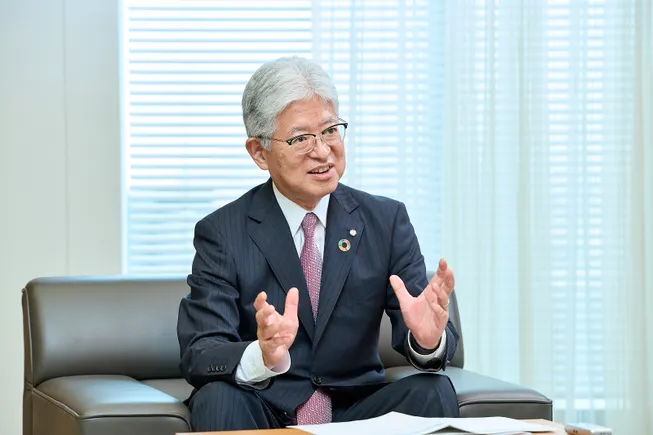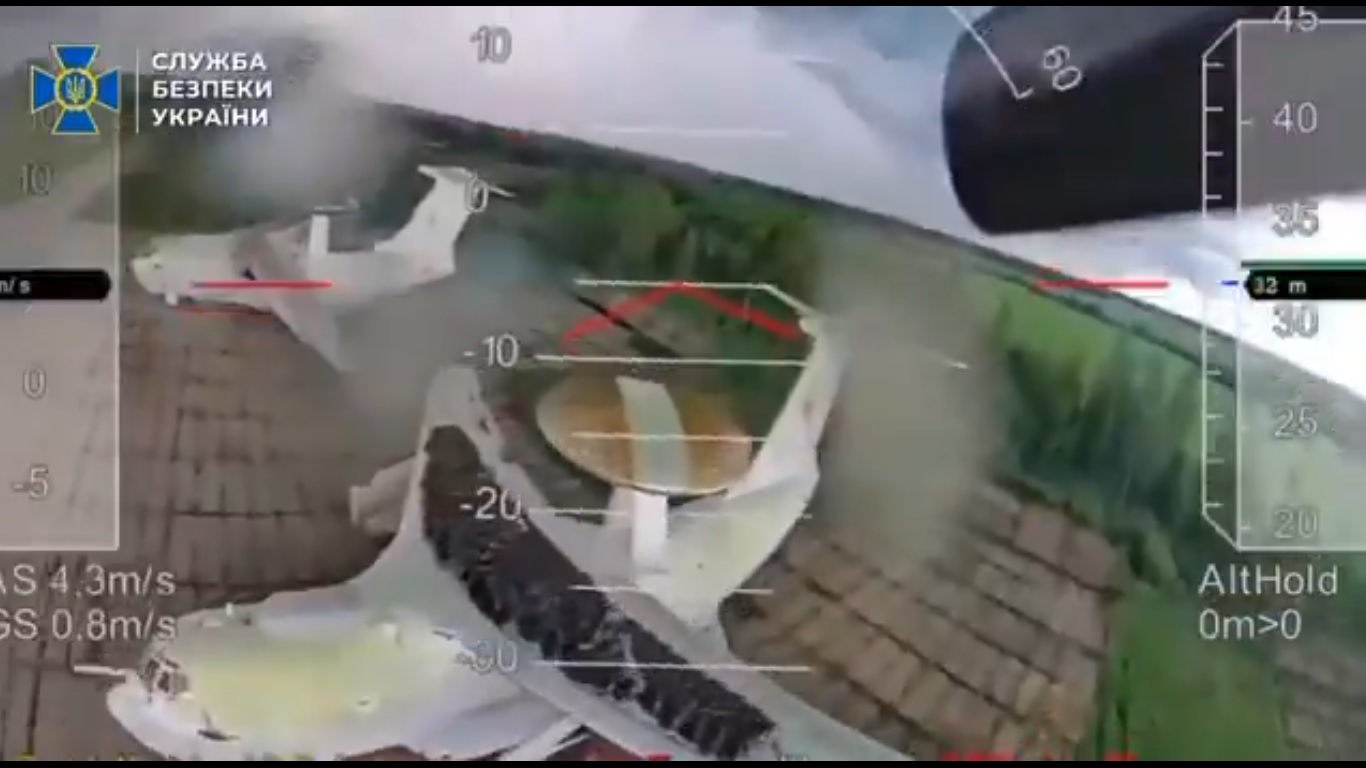A Photo‐Driven Immune Modulator Combined with Chemo‐Photothermal Therapy Blocks Immune Checkpoint for Helicobacter pylori Infection
Advanced Healthcare Materials, EarlyView.

Helicobacter pylori is one of the leading causes of a range of gastrointestinal diseases. Clinical antibiotic therapy for this microbial is limited by continuously decreased therapeutic efficacy and bacterial immunosuppression to the host. An elaborate strategy is developed that an all-in-one PD-L1 nano-antagonist BT@CPA is applied to specifically capture H. pylori, thermally trigger chemotherapy and elicit an antibacterial host immune response toward H. pylori.
Abstract
Accumulating scientific evidence has established a strong etiological association between Helicobacter pylori infection and the pathogenesis of gastric disorders. Clinical antibiotic therapy for this microorganism is significantly constrained by gradually decreased therapeutic outcomes and bacterial immunosuppression to the host. H. pylori can escape immune surveillance by inducing PD-L1 upregulation on gastric mucosal epithelial cells to promote T cell apoptosis and Treg cell differentiation, leading to chronic infection. Herein, the elaborate strategy is developed that an all-in-one PD-L1 nano-antagonist BT@CPA is applied to specifically capture H. pylori, thermally trigger chemotherapy and elicit an antibacterial host immune response toward H. pylori. The nano-antagonist can overcome the extreme environment of gastric acid, penetrate the dense gastric mucosa and bind microbial glycan to mediate recognition of bacteria. Under the irradiation of NIR-II light, disintegrated BT@CPA drives the release of antibiotic and anti-PD-L1 peptide decorated photothermal agents, and the generated mild hyperthermia changes the membrane permeability of the bacteria, enhancing the bacterial susceptibility to antibiotics. Since the incremental expression of PD-L1 on gastric mucosal epithelial cells followed by H. pylori infection, the released anti-PD-L1 peptide blocks the PD-L1-mediated immune checkpoint inhibition between gastric mucosal epithelial cells and T cells by binding to PD-L1. BT@CPA is effective to preventing H. pylori infection combined with mild photothermal-therapy, chemotherapy and immunomodulation, and provides inspiration for addressing the key issues in the clinical treatment of infectious diseases.
















































































































































